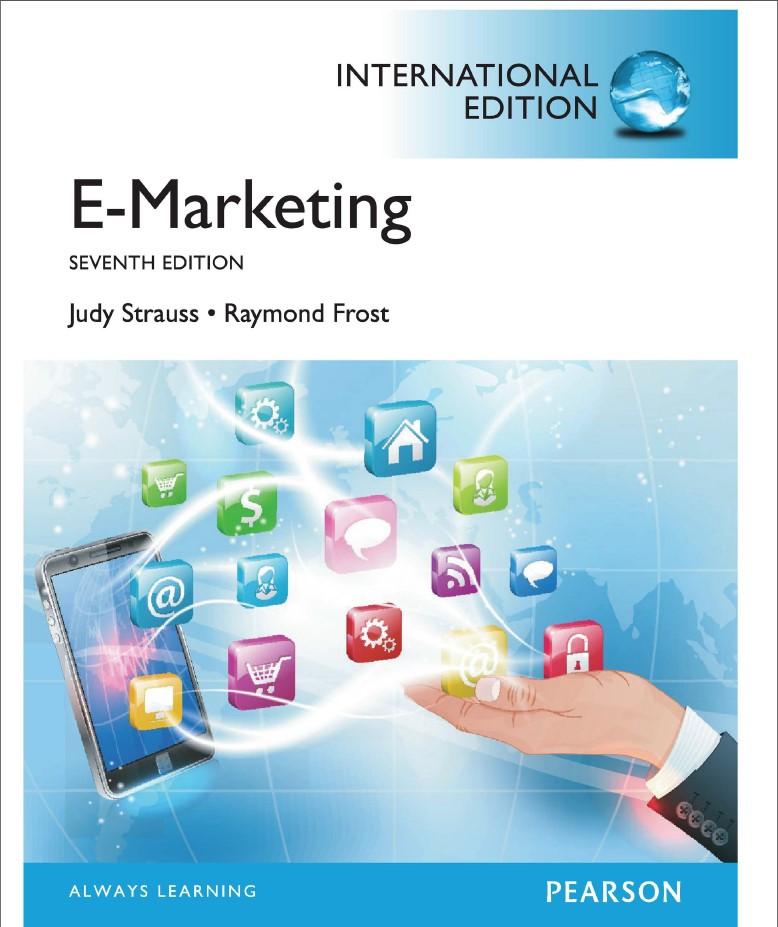


Answer the following questions. Provide explanations where necessary.Thanks.
It is desired to investigate the level of premium charged by two companies for contents policies for houses in a certain area. Random samples of 10 houses insured by Company A are compared with 10 similar houses insured by Company B. The premiums charged in each case are as follows: Company A | 117 154 166 189 190 202 233 263 289 331 Company B 142 160 166 188 221 241 276 279 284 302 For these data: > A = 2.134, _ A2 = 494.126. _ B =2,259, > B2 =541,463. (i) Illustrate the data given above on a suitable diagram and hence comment briefly on the validity of the assumptions required for a two-sample f test for the premiums of these two companies. (ii) Assuming that the premiums are normally distributed, carry out a formal test to check that it is appropriate to apply a two-sample f test to these data. (iii) Test whether the level of premiums charged by Company B was higher than that charged by Company A. State your p-value and conclusion clearly. (iv) Calculate a 95% confidence interval for the difference between the proportions of premiums of each company that are in excess of f200. Comment briefly on your result. (v) The average premium charged by Company A in the previous year was f170. Formally test whether Company A appears to have increased its premiums since the previous year.You have been hired as a consultant by a firm producing bread to advise on a price strategy that would enable the firm to maximize profits. The firm is a monopolist which sells in two distinct markets, one of which is completely sealed off from the other. As part of the analysis, you establish that the total demand for the firm's output is given by the following equation: Q =50-5.0P And the demand for the firm's output in the two markets is given by the following equations: Q1= 32-0.4P, and Q2 = 18 -0.1P_ Where Q) = total output = Price Q1 = Output sold in market 1Q: = Output sold in market 2 Q1 = Price charged in market 1 Q1 = Price charged in market 2 The total cost of production is given by C = 50 + 40Q Where C = total cost of producing a unit of bread. Required: (a) The total output that the firm must produce in order to maximize profits. (4 marks) (b) What price must be charged in each market in order to maximize profits. (2 marks) (c) How much profit would the firm earn if it sold the output at a single price, and if the discriminates? (5 marks) (d) () The price elasticity of demand for the two markets at the equilibrium price quantity. (5 marks) (ii) Comment on how the price elasticity of demand may be used in making economic decisions. (3 marks) (e) Under what conditions is price discrimination possible? (2 marks) (Total: 20 marks)












